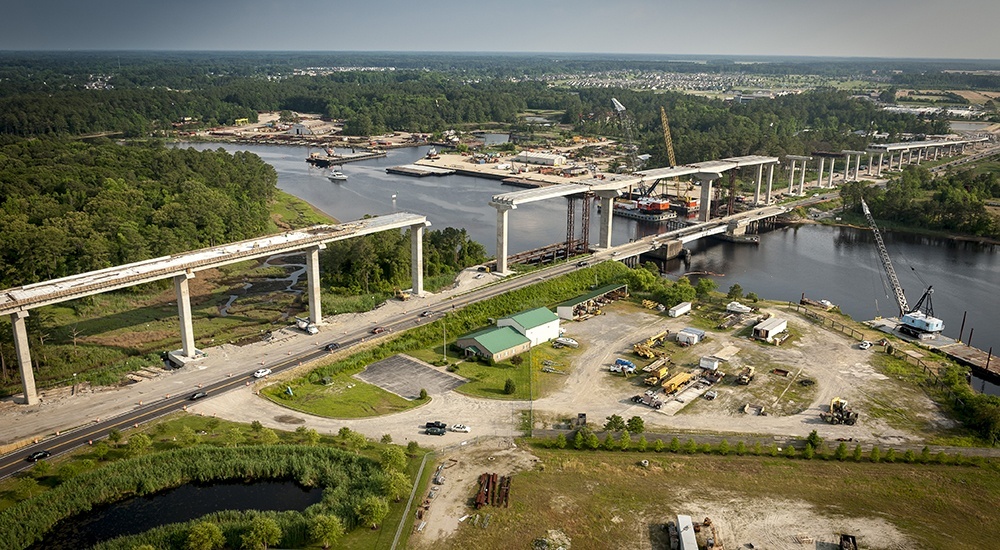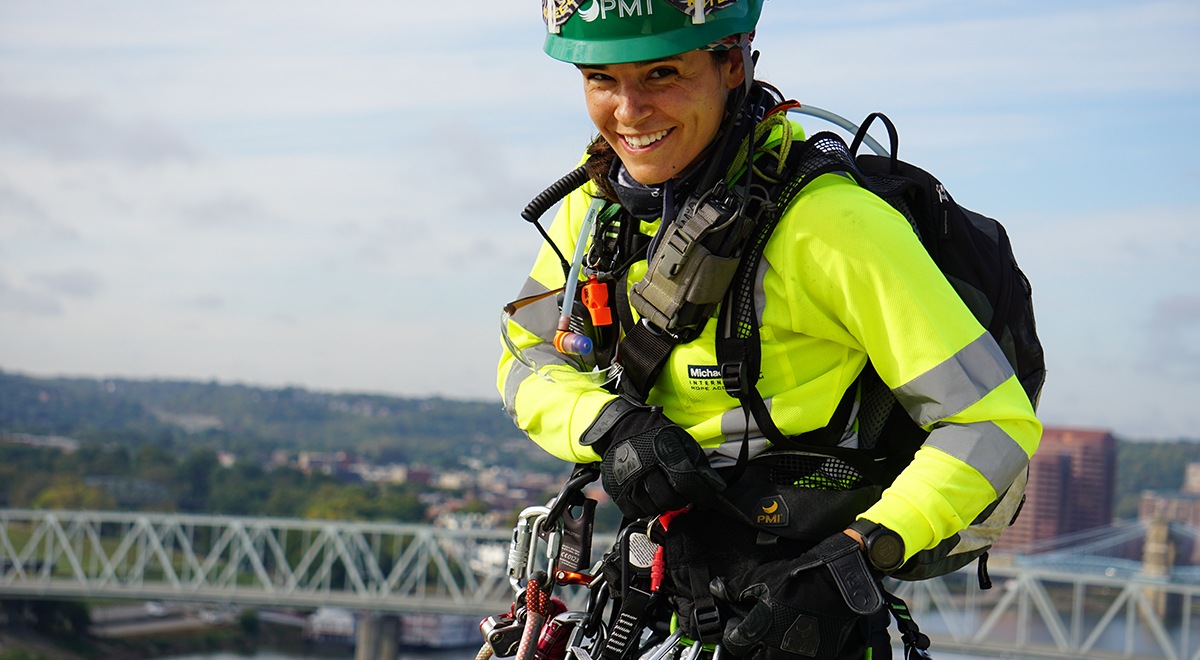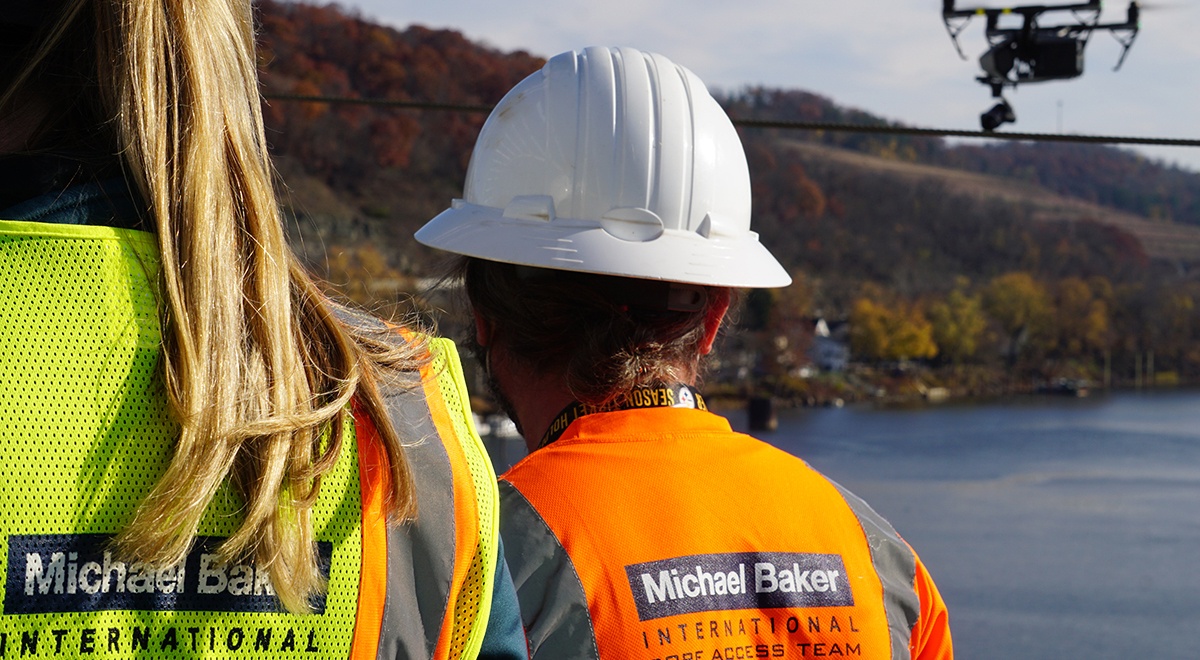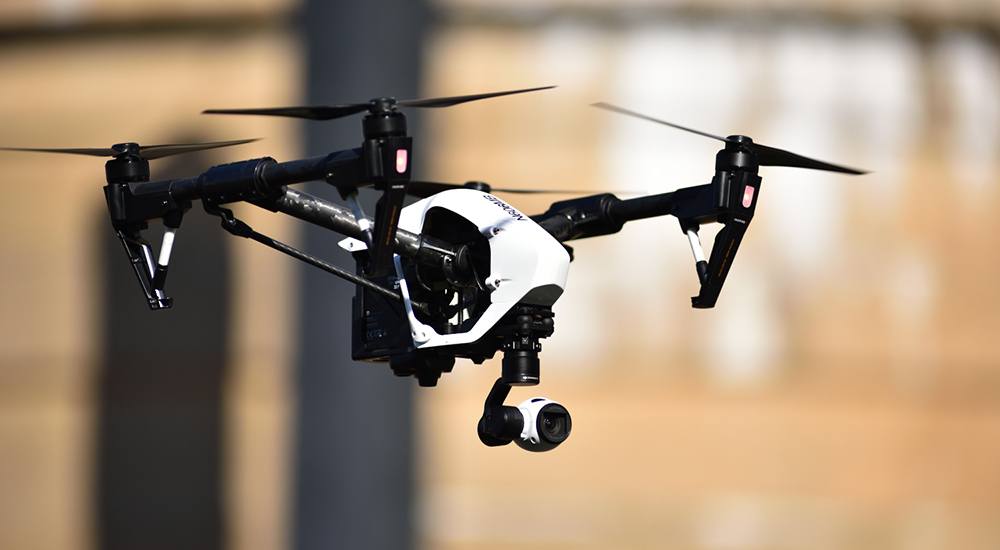Bringing construction engineering, inspection and community outreach to a Virginia project that greatly improves connections for commuters and boaters
From the Fall 2017 issue of Signature
Sixteen times a day, year-round, the residents of Chesapeake, Va., would hold their collective breath as they idled in their vehicles, waiting for the Dominion Boulevard drawbridge over the Elizabeth River to rise and allow river traffic below to proceed. Sixteen times a day, those residents had to tolerate complete gridlock caused by a drawbridge that carried more than 33,000 motorists along U.S. Route 17 and over the inland waterway, which bisects the city.
With so many motorists using the bridge each day, this was more than just a minor annoyance. Traffic jams that formed routinely on Route 17 also could block emergency vehicles en route to hospitals or accident scenes. And because Route 17 links up with Interstate 64, the raised drawbridge continually imperiled the city’s most vital hurricane evacuation route.
The city calculated that the 50-year-old steel bridge stopped traffic along Route 17 a total of 42 days a year on average – good for passing boats, perhaps, but not so much for idling commuters and the town of Chesapeake.
Not so today, thanks to the City of Chesapeake – and Michael Baker International and a host of construction partners. While residents might continue to wax nostalgic about the old drawbridge over this Chesapeake Bay-area inland waterway, they no longer have to endure long waits at the bridge, nor do boats passing under it.
Starting in 2004, the city began to develop plans to reconfigure the bridge and boulevard to solve the traffic problem. Then in January 2013, construction began on what would become a four-year project that included the replacement of the drawbridge with a fixed, elevated span rising 95 feet that would allow for free-moving river traffic at all times while also creating an uninterrupted connection across the river.
This ambitious, complex, $345 million initiative ultimately became the largest locally administered project in the history of Virginia. The Virginia Beach office of Michael Baker played a key role in the initiative, providing construction engineering and inspection services, as well as an innovative public awareness program, for Chesapeake Public Works and its prime construction, engineering and inspection (CEI) consultant, MBP, Inc.
Today, the Dominion Boulevard Veterans Bridge, as the new structure has been named, soars majestically over the river, carrying traffic with nary a sign of a bottleneck. Emergency vehicles don’t find their routes clogged by traffic jams, and the evacuation route remains clear. The improvements have proven so substantial, it seems, that motorists appear to have accepted the $1 toll imposed by the city to help pay for the bridge’s construction and maintenance.
BRIDGES, RAMPS, ROADS, RIGHTS OF WAY… AND A CREATIVE FUNDING PACKAGE
Had replacement of the two-lane drawbridge with a four-lane permanent span been the only objective, the project would have been challenging enough. Yet much more was involved, including the widening of Dominion Boulevard; repair or replacement of connecting highways, ramps and bridges and development of a bike path/pedestrian walkway on the southbound span. In all, the Dominion
Boulevard initiative featured construction of nine bridges and associated roadways, an undertaking so complex it required several phases.
“We all focus on the big bridge, but the other bridges were just as important,” says Beth Drylie, office executive for Michael Baker in Virginia Beach.” It was a highly complicated project with high visibility.”
One of the early, critical stages was acquisition of some of the 166 privately owned properties touched by the project. Says Earl Sorey, Chesapeake’s assistant director of public works and also a licensed professional engineer: “They ranged from homes to businesses to churches. In some cases, we purchased slivers of property; in other cases, we needed to purchase the property in total. Our right-of-way team did a fantastic job.”
At the same time, the city was assembling an innovative financing package that included federal funding as well as a first-ever loan from the Virginia Transportation Infrastructure Bank (V-TIB). The final piece was the issuance of $150 million in municipal bonds.
“If you’ve never done municipal bond financing, you don’t have an appreciation for the expertise you need at the table,” Sorey says. “It took a huge team to get us to the finish line.”
Adds Kevin Lundgren, who served as project manager for Chesapeake and later joined prime contractor MBP: “We normally design and build things, not fund them. I never thought I’d be out meeting with Wall Street types. It was a good learning experience.”
THREE PROJECTS IN ONE
Just as challenging, though, was the actual construction, according to Winchester Falbe, Michael Baker’s resident bridge engineer who coordinated the company’s team. He describes the work as so multifaceted that “it was like having three separate projects all at once.
“We had one roadway contractor and three bridge contractors with multiple crews,” Falbe recalls. “I basically had three projects going on, coordinating with three supervisors, multiple foremen, multiple pile-driving hammers. We actually had nine of those hammers working simultaneously. This coordination was one of the biggest challenges of the project, but it turned out to be a positive one because of the great teamwork.”
Falbe says the Michael Baker team beefed up its project management capacity by tapping the local engineering talent at Old Dominion University. One of them, Zach Eavey, now works for Michael Baker full-time.
“SPLICED-BULB T” DESIGN AND SWAMP-SOIL CHALLENGES
The unusual design of the Veterans Bridge presented a major construction challenge. Called a “spliced bulb T” design, this approach allows for precast concrete sections to be spliced together in three-span groupings.
Says Philip Quillin, transportation lead for Michael Baker out of the company’s Virginia Beach office: “You can get longer spans with a lower profile. I’ve seen a few of these, but this is the only one I’ve seen over a curved alignment. It introduced a whole new aspect of construction and quality assurance to make sure all the pieces came together properly.”
Michael Baker also deployed as many as six inspectors at a time during construction of the bridge, which was completed in December 2014.
“That’s more than the usual number,” Quillin adds. “When you’re overseeing a project that large, you need a good-sized staff.”
Yet another difficult aspect of the initiative was providing adequate support for the new and strengthened ramps that connect to the Veterans Bridge, many of them anchored in poor soil.
“The area is basically a swamp – the soils are terrible,” says Mike Prezioso, who managed the project for prime CEI consultant MBP. “The challenges included getting different types of foundations installed; we used some unique applications to overcome those challenges. We used pile-supported embankments for the approaches that lead to bridges because the soil is so unstable. You don’t see that too often. In other areas that weren’t quite so unstable, we used wick drains 30 to 50 feet deep to remove ground water from the underlying layers.”
The need for extra piles created some eye-popping project numbers: 2,170 driven concrete piles, including 1,532 bridge piles, and 638 ground improvement piles for a total length of 28 miles of piles; 16 mechanically stabilized earth walls, including 14 wrap-around abutment walls; four soil nail walls, four gravity-retaining walls and two sound-barrier walls.
CONNECTING THE CONSTITUENTS
Just as impressive as the physical scope of the initiative was the communications plan created and implemented by the Michael Baker team to keep the community informed of project progress. Information included overall objectives and a detailed look at phasing, new traffic patterns and the toll that would be imposed on the new Veterans Bridge.
Lundgren, who briefl y retired as project manager for Chesapeake at the completion of the project but later signed on with MBP, spoke regularly at community updates – and took many props with him, including a YouTube video of the planned roadway changes produced by Michael Baker.
“People used to kid me about it,” he says. “They called it my Dominion Boulevard Traveling Road Show.”
Sorey notes that the video enhanced the community outreach effort in a variety of ways.
“We took the model used for the simulation and made snapshots from that,” he says. “Not only were those tools for educating the community and elected officials about the project, but they also helped us in the property acquisition process. Those kinds of things are a tremendous asset for public education.”
‘THUMBS UP’ FOR SAFETY, EFFICIENCY
One half of the Dominion Boulevard Veterans Bridge – considered by many as the principal component of the project – opened in December 2014, long before other elements of the project had been completed (the old steel span was cut up and floated away).
Ask team members about the most important outcomes of the project, which was completed within budget, and they’ll cite different aspects of safety. Falbe notes that the Michael Baker team and contractors logged roughly 991,000 man-hours on the Dominion Boulevard project with no worker injuries.
“The thing I’m most proud of was our safety record,” he says. “Safety is our priority. You want to make sure everyone goes home every night.”
Sorey observes that the new bridge and roadway network have improved safety for Chesapeake and its residents.
“That’s the biggest thing for me,” Sorey says. “There was a safety element associated with inadequate lane and shoulder width, another with gridlock hindering emergency response. That’s completely gone away. It’s a much safer facility, and it provides much safer access to the city when help is needed.”
Motorists using the bridge appreciate that as well, Sorey adds – even though it now costs them a dollar per trip. Commuter usage has increased by roughly 40 percent above initial traffic projections for the bridge and boulevard.
“When we flipped the switch and activated the tolling system,” Prezioso recalls, “there were no complaints because the message was put out there well in advance. People like the fact they can get through the corridor in three to four minutes versus the 20 to 30 minutes they were used to. They’re willing to pay a buck for that.
“When we opened the first phase after eliminating the drawbridge and traffic was moving freely," he adds, "motorists blew their horns and gave a ‘thumbs up’ to the workers. When you see that, you realize you’re making a positive impact.”




